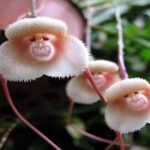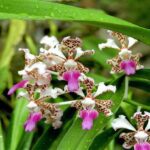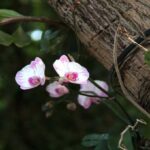The Coelogyne orchid genus is not well known in the world.
Yet they are incredible orchids deserving great attention.
An interesting fact about this genus is the meaning of its name, which can have a double sense.
- koilos (hollow)
- gyne (female)
But, in reality, it is based on the hollow part of this plant’s column.
Among the species of this genus, some notable ones include:
- Asperata
- Barbata
- Corymbosa
- Cristata
- Fuerstenbergiana
- Huettneriana
- Planiscapa
- Trinervis
So if you’re interested in orchids, keep reading to learn more about these incredible orchids, the Coelogynes.
Learn How to Achieve Super Blooms on Your Orchids
🛑 If you love orchids and you're tired of not being able to make them bloom...
Then, know that thousands of beginner growers are achieving beautiful flowers on their orchids by following this method.
Click the button below to have beautiful orchids with show-worthy flowers every year. ⤵
About Coelogyne Orchids
In 1821, Nathaniel Wallich was on an expedition in Southeast Asia when he found 3 unknown orchid species.
Later, these 3 species would introduce the genus Coelogyne.
Almost 200 years later, this genus has grown significantly.
Today there are about 200 species of Coelogyne, with the majority being epiphytes (living on trees).
This orchid can be found mainly in the following locations:
- India
- Sri Lanka
- Malaysia
- Fiji Islands
- Borneo (about 70 species)
- Various other places in Asia
This is a highly diversified genus, living in locations ranging from tropical forests to very cold places like mountains.
Regarding altitude, it can vary from sea level to 3000 meters (9842.5 feet).
Interesting Facts
Below are some interesting facts about Coelogyne orchids:
- They were once used in oriental medicine, especially in China. But with the advancement of medicine, they became obsolete, now being primarily used for decoration.
- They are not widely cultivated, mainly due to their size.
Below are the top three reasons why Coelogyne cultivation is not very popular.
- Since they grow very fast and are quite large, a significant space is required to cultivate them.
- Their flowers are small and not very attractive.
- Additionally, some species emit an unpleasant odor during flowering.
But remember, this happens only with specific species.
Characteristics
Now, let’s learn a bit more about the characteristics of Coelogyne orchids.
As mentioned earlier, they are large orchids that grow rapidly.
However, there are also smaller species.
They are epiphytes, but there are also terrestrial and rare rupicolous species that live in colder locations.
Lastly, the cause of the unpleasant smell in some species.
Some of them are pollinated by wasps or beetles, and in this case, to attract these animals, they emit this unpleasant odor.
Cultivation
If you have or plan to buy a Coelogyne orchid, it is essential to know how to cultivate them.
This way, your orchid will be healthy and produce numerous flowers.
On average, they are relatively easy to cultivate orchids.
Below is a summary of how to do it:
1 – Temperature
On average, they prefer moderate temperatures during the day (21 to 29ºC – 70°F to 84°F), but there are exceptions; some prefer higher temperatures like the ansellia africana, while others prefer lower temperatures.
The vast majority of species can be considered quite resistant since, like paphiopedilum, they tolerate temperatures between 15 and 35ºC (59°F to 95°F).
Follow these specifications, and most likely, your Coelogyne will not suffer from temperatures.
- During the day: 21 to 29ºC (70°F to 84°F)
- During the night: 12 to 18ºC (53.5°F to 64.5°F)
Remember that a temperature drop at night is ideal for flowering to occur.
2 – Soil
As mentioned, most Coelogyne orchids are epiphytes, so the recommended soil is one suitable for epiphytic orchids.
It should essentially do three things:
- Maintain moisture
- Retain nutrients
- Allow good root aeration
Therefore, some recommended soil are coconut fiber, sphagnum moss, some barks, and some porous substrates.
3 – Lighting
Like most orchids, proper lighting is indirect sunlight.
They generally enjoy a lot of light, similar to oncidiums, but be cautious not to overdo it.
A trick many growers use is to check the orchids’ leaves to see if they are getting excessive sunlight. Basically, when an orchid gets too much sun, it tends to produce less chlorophyll, causing its leaves to turn yellow. In more extreme cases, they get burned, turning black.
However, if the situation is the opposite, and they are not getting enough sun, they increase chlorophyll production.
Thus, their leaves turn a darker shade of green.
Learn more at: Spots on Orchid Leaves
Do You Want to Learn How To Keep Your Orchids Healthy And Ready to Bloom Every Year?
So, I prepared a complete guide, step by step and illustrated, that will show you:
• The secrets to getting beautiful flowers every year
• How to fight and identify pests and diseases on your orchids
• THE MAGIC SUBSTANCE for orchids and how to use it
• And much, much more.
The great news is that the manual is now available at a super discount!!
But beware, it's only for the first buyers.
Click on MORE INFORMATION below and discover the secrets to show-worthy flowers. 👇
4 – Watering
Coelogynes don’t like to be dry, so avoid letting the soil dry out as much as possible.
To water them, use your finger to check if the soil is almost dry.
But be careful, watering should be done at the roots and not on the leaves. When water accumulates on the leaves, your orchid can develop diseases.
Here are some tips for watering this orchid:
- Water during the morning;
- Water more frequently after flowering;
- Decrease watering frequency during winter;
- Be cautious not to let water accumulate around the roots of your orchid.
Now, let’s talk about humidity.
5 – Humidity
These orchids thrive in high humidity environments.
Ideally, humidity levels should range from 60 to 85%, similar to vandas.
If humidity is too low, you can increase it by placing a wet towel near your orchid, or by using an aquarium – get creative!
6 – Repotting
Coelogyne repotting should be done approximately every 1 or 2 years.
However, if possible, it should be avoided.
Because coelogynes don’t like to be repotted or divided and can go 1 or 2 years without flowering if this happens.
But if you want to do it, follow these tips:
It should be done in spring, typically preceding the growing period of this orchid.
Regarding the multiplication of this orchid, it occurs through clump division, but it can also be multiplied by seeds.
If you choose to multiply it by clump division, make sure each seedling has at least 4 pseudobulbs.
And if you want to learn how to plant these orchids, you can use the video above.
But start after removing the orchid from the pot.
Flowers
In many species, the flowers are small, and the colors are not very attractive, but there are exceptions.
Some coelogyne orchids stand out due to their abundance of flowers.
The diversity of colors in this genus is vast, but few have “interesting” colors.
- Yellow
- Light brown
- Green
- White
- Cream
- Orange
Flowering often lasts for weeks.
Main Species
Below, I’ve listed some of the main coelogyne species and their characteristics.
Coelogyne flaccida
This orchid was described in 1828 and is native to several countries in Asia.
It is an epiphytic orchid that lives in tropical forests.
During its flowering period, it produces 3 to 15 flowers per floral stem.
Each flower is approximately 4 cm (1.57 inch) long and usually white.
An interesting fact about this orchid is that its scent is not very pleasant for humans but attracts various pollinators.
To cultivate it, follow these tips:
- Indirect sunlight and a maximum temperature of 35ºC (95°F)
- Moderate or high humidity
- Avoid dividing or repotting, as it doesn’t like it
- Cultivate it on tree trunks, plastic pots, or hanging baskets
- 70% shading
Coelogyne cristata
Also known as snow-white orchid or white orchid.
Coelogyne cristata is an epiphytic orchid native to the Himalayas.
This orchid has beautiful flowers, about 8 cm (3.14 inch) in size, with a spot on the lip.
Normally, the flowers appear at the base of the pseudobulbs, with an average of 10 flowers per pseudobulb.
To cultivate them, follow these tips:
- Plenty of indirect light
- Prefers cooler temperatures
- High humidity
- 70% shading
- Frequent watering; the soil should remain moist but not soaked.
Coelogyne lawrenceana
Described in 1905, this plant is native to Vietnam or the Himalayas.
Coelogyne lawrenceana is epiphytic and lives in the Himalayan Mountains.
These orchids are quite large.
As for its flowers, they appear at the base of the pseudobulbs, with 1 to 6 flowers per floral stem.
Each flower is about 10 cm (4 inch) long and lasts for approximately 15 days.
To cultivate them, follow these tips:
- They like the cold
- After flowering, water this plant a lot, and at the beginning of winter, reduce watering significantly.
- 70% shading
- Moderate or high humidity
- Biweekly fertilization
Conclusion
Although there are some species that are not worth cultivating, there are also those that are very interesting.
And this article is especially for that. If you don’t have one in your collection yet, try to obtain one.
The coelogyne species illustrated in this article are:
- Coelogyne candoonensis
- Coelogyne fimbriata
- Coelogyne lawrenceana
- Coelogyne lentiginosa
But be careful, gather information before buying these orchids.
To avoid them having an unpleasant odor during flowering.
If you want other options for orchids to have in your home, you can choose some of these:
And if you liked this article, help us spread the word.
Click on the icons below and share it on your social networks.

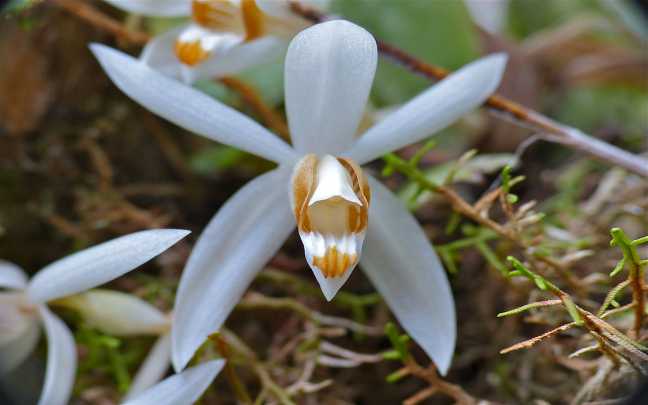
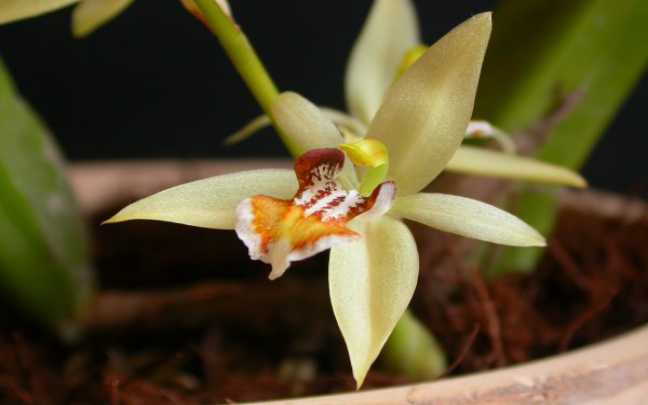
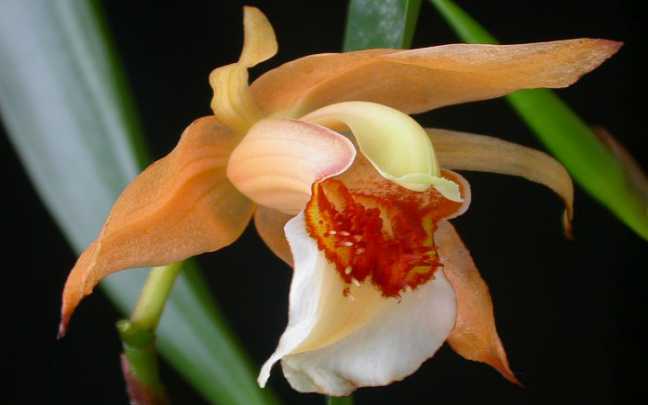
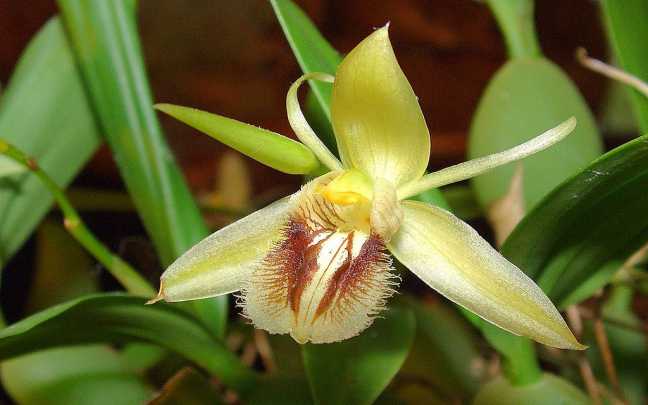

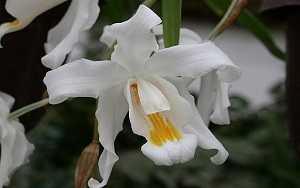
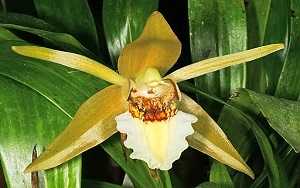


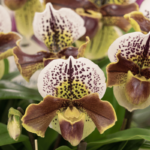
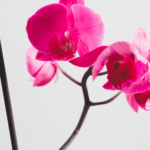
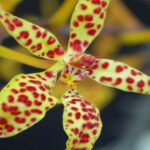
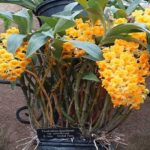
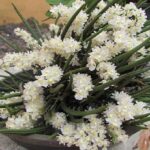
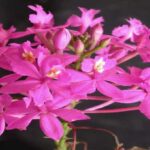
![How to Make an Orchid Bloom – featured image How to Make an Orchid Bloom [Beginner's Guide]](https://planticulous.com/wp-content/uploads/2023/10/How-to-Make-an-Orchid-Bloom-featured-image-150x150.jpeg)
